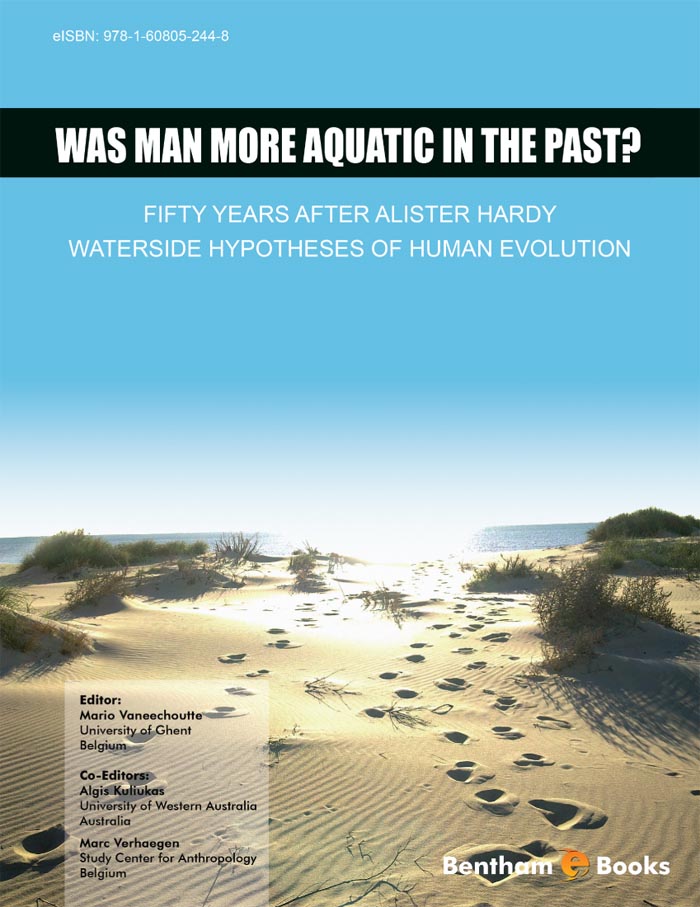In 2008, Don Johansen noted in his book, Lucy's legacy, that recent palaeo-environmental research "has sounded the death knell for the so-called savannah hypothesis that reigned supreme when I was a student." As he explained: "These latest findings indicate that our primeval predecessors must have been bipedal in the forest. The concept of the woodland biped has now become, in its turn, the conventional wisdom, and the once 'supreme' savannah hypothesis has been so discreetly dismantled that some of today's students are unaware that it ever existed."
For roughly half a century, it had been treated as proven by a solid consensus of the scientists specializing in the study of human origins. But towards the end of the 20th century doubts about the savannah scenario were accumulating, and were confirmed when new tools of research enabled scientists to analyse and identify fossilized pollen in the sites where hominid remains had been found. It meant that at least one of the salient hallmarks of mankind - bipedalism - must have evolved while our ancestors apparently occupied the same environment as the other apes.
Replacing the savannah scenario with a woodland one has been treated as a necessary but minor readjustment in the official story of human evolution. But this re-appraisal involves one major drawback. The strength of the savannah hypothesis lay in the fact that it offered possible explanations of unique human features such as bipedalism. The woodland hypothesis made this more difficult. We have a clear extant example of a ground-dwelling African ape: Adult gorillas walk on all fours in the forest, presumably because it has proved to be the most effective mode of locomotion in those conditions. Why then would a similar environment among the trees cause just one branch of the anthropoid apes to evolve along such different lines? The old question, "Why a naked biped?" - now seems further than ever from a solution in terms of the traditional scenario.
A possible answer had been proposed in 1960, when Professor Alister Hardy enquired whether Man might have been more aquatic in the past. It was not surprising that scientists initially ignored his article. Their view of the matter was that the suggestion he made was unnecessary and unheard of: It had not been submitted to a professional journal in the approved manner, and it was written by a marine biologist with no anthropological qualifications.
In some people's minds, the concept that Man may have been more aquatic in the past is still thought of as an eccentric fancy, which state-of-the-art scientists could demolish at any time if they thought it was worth the trouble. One of the main reasons for publishing this book is to help readers to appreciate how much that perception has changed in fifty years. It should enable them to judge for themselves whether the arguments being advanced here deserve to be taken seriously or not. They have assembled an impressive list of contributors - most of them with specialized knowledge, and some who have reached the heights of their profession. That should end any lingering suspicion that these ideas are exclusively the province of amateurs.
What all contributors to this book have in common is a belief that at least at some point in the past, the lifestyle and evolutionary development of our ancestors was definitively influenced by the presence of water in their immediate environment. No contributor takes responsibility for the views voiced by any other contributor. Discussions on these issues are as animated as were the disputes, in the heyday of savannah hypothesis, over whether the grassland apes were hunters or scavengers, and whether or not they were pair-bonded. Such debates are now, as they were then, healthy signs of intellectual work in progress. They generate further questions, and they stimulate research.
There is no reason why this line of thinking should continue to be confined to the kind of academic ghetto, accurately described by Robert Foley. He commented, in the second edition of Principles of Human Evolution that supporters and opponents of the aquatic ape hypothesis are still 'talking past one another'.
Let us look forward to the day when it may be possible for them to talk face to face.

